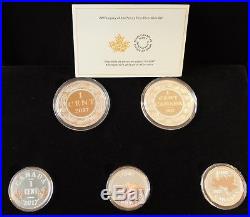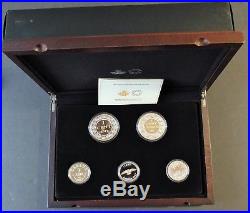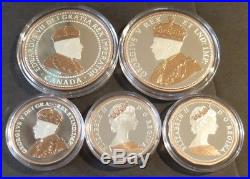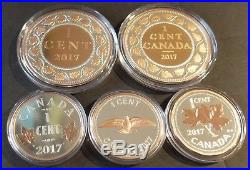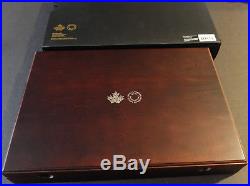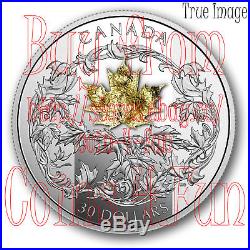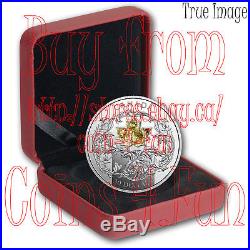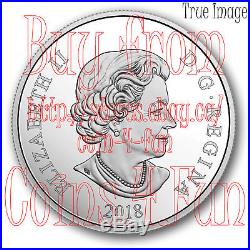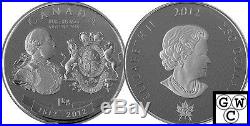The War of 1812: The Tradition of Peace Medals. The War of 1812 was a fundamental turning point in Canadas history: it profoundly influenced British North Americas (Canadas) sense of identity and united French- and English-speaking in habitants, Indigenous communities, farmers, soldiers, artisans, and others, in an effort to preserve their ways of life from American invasion. From the earliest days of North American colonisation, European nations presented silver medallions to First Nations leaders as tokens of respect and friendship, gratitude for service, and at the signing of treaties. From his ascension to the British throne in 1760, King George IIIs peace medals featured a reverse image bearing his royal arms and, on the obverse, his bust. The reverse features the reverse and obverse sides of the King George III Peace Medal rendered in striking detail, as it appeared in 1812, including the young, armoured bust of King George III wearing the ribbon of the Order of the Garter, his beribboned hair curled above his right ear. To the right of this effigy is an image of the Arms of George III that would have appeared on the reverse of the peace medals at the time of the War of 1812. These Arms include a central shield quartered into quadrants representing England (three lions’passant guardant’) and Scotland (a lion’rampant’ within a framed detail); France (three fleurs-de-lys); Ireland (a stringed harp); and Hanover, Brunswick, Luneburg, and Westphalia (bottom right quadrant). The shield is topped by the crown of Charlemagne and encircled by the garter symbolizing the Order of the Garter and engraved with the Orders motto,’Honi soit qui mal y pense’ (Shamed be he who thinks evil of it). The arms is supported by the lion of the House of Plantaganet and the unicorn traditionally representing purity. Beneath the Arms is a ribbon bearing the royal motto,’Dieu, et Mon Droit’ (God and My Right) flanked by the symbolic rose and thistle of British monarchy. The reverse is embossed with the words,’CANADA,”Fine Silver/Argent Pur,’ the metal weight of’1 kg,’ and the dates’1812 2012′ to commemorate the bicentennial of the War of 1812. The obverse, which features the effigy of Her Majesty Queen Elizabeth II by Susanna Blunt, also features a unique stylized maple leaf symbol with the year’1812. This marker is the Government of Canadas official symbol for commemorating the bicentennial of the War of 1812. A unique product rich in tradition and artistry, featuring the unmatched quality of Royal Canadian Mint 99.99% pure silver. A stunning heraldic commemoration of the bicentennial of a pivotal moment in pre-confederation Canadian, British, and American history. Fits beautifully into any Canadian, historical, international, or silver coin collection. A beautiful way to preserve, celebrate, and learn about our rich shared history and the seeds of Canadian unity and identity. Created to commemorate the bicentennial of the War of 1812, this unique coin is part of a larger collection of Royal Canadian Mint numismatic works devoted to commemorating the 200th anniversary of a vital event in Canadian history. An attractive collectible for numismatists, and silver lovers of Canadian and War of 1812 history. Face Value: 250 dollar. Composition: 99.99% Pure silver. Weight (g): 1,000. Diameter (mm): 102.1. Artist: RCM engravers representation of the King George III Peace Medal. Coin is encapsulated and presented in a Royal Canadian Mint-branded maroon clamshell case, lined with black flock and protected by a black sleeve. Customers located in MANITOBA, CANADA!!!! Please DO NOT hit pay it now until a revised invoice can be generated and sent to you. The item “2012 Kilo’George III War of 1812 Medal’ $250 Silver Coin. 9999 Fine (13015)” is in sale since Monday, January 04, 2016. This item is in the category “Coins & Paper Money\Coins\ Canada\Commemorative”. The seller is “gatewestcoins” and is located in Winnipeg, Manitoba. This item can be shipped to Canada, United States.
- Country/Region of Manufacture: Canada
- Manufacturer: Royal Canadian Mint
- Year: 2012
